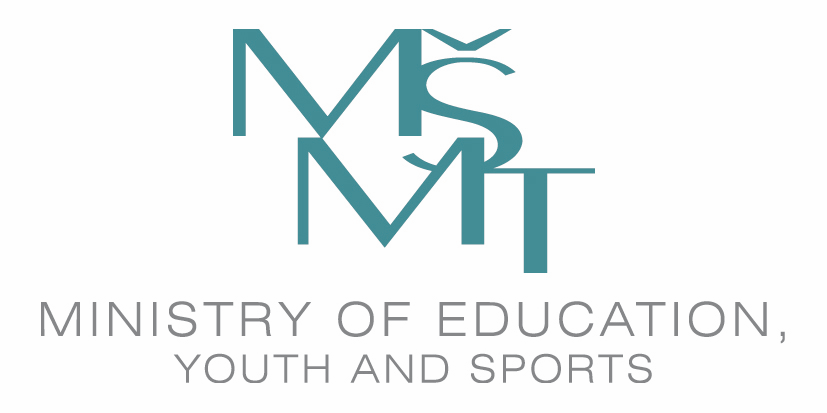Annotation
The usage of classical supercomputers is instrumental for generating accurate predictions in ultrafast sciences such as atomic physics and attosecond phenomena. At these scales, quantum mechanics and electrodynamics well predict the effect of ultrashort laser pulses on topologically trivial materials, provided that the employed pulse duration is shorter than the electron-phonon coupling time in matter (~ 50 fs).
In this work, using time-dependent density functional theory (TDDFT), high power computations and ultrafast harmonic spectroscopy experiments, I will show that the field of ultrafast photonics has reached extraordinary prevision capabilities. Beyond the accuracy of the predicted photon emission spectra, the simulation results reveal insights on the origin of the harmonic emission in real space and on the temporal coherence of electrons in the laser field. Illustrating the laser-dressed band structure obtained from Floquet formalism is also provided.
Taking control of light-matter interaction at the quantum level will enable the development of petahertz switches and the control of multi-qubit architectures.
Benefits for the attendees, what they will learn:
Participants will understand the excitation of electrons in a realistic solid when it is irradiated by light and intuitively know the correspondence between a band structure (energy-momentum space) out of equilibrium and the real space dynamics of electrons. They will also get an overview of existing simulation techniques for ultrafast phenomena in solids.
Level
beginner-intermediate
Language
English
Prerequisites
Basic knowledge of optics.
Basic knowledge of solid-state physics.
Tutor
Thibault J.-Y. Derrien
Thibault J.-Y. Derrien has been a researcher at the HiLASE Centre (Prague, FZU Institute of Physics, Czech Academy of Sciences) since 2014. After obtaining a Master's degree in Plasma Physics in 2008 (Université Paris-Saclay, France) and a PhD in Physics, Chemistry and Nanosciences in 2012 (Aix-Marseille Université, France), he developed classical polaritonics and thermodynamics models for laser nanostructuring and obtained 2 patents in this field. In 2016, he was granted a Marie Curie Individual Fellowship from the European Union to bridge classical and quantum descriptions of light-matter interaction in the strong field regime in collaboration with the Max Planck Institute for Structure and Dynamics of Matter (MPSD, Hamburg, Germany). He created the Marie Sklodowska Curie international research network "ATLANTIC" in 2019 and became group leader in Ultrafast Photonics at the HiLASE Centre in 2021. In 2024, he joined the Laboratory of Quantum Computing of IT4I as a senior researcher to support the exploration of novel possibilities offered by the 1st quantum computing machine hosted by the Czech Republic.
Acknowledgements

This project has received funding from the European High-Performance Computing Joint Undertaking (JU) under grant agreement No 101101903. The JU receives support from the Digital Europe Programme and Germany, Bulgaria, Austria, Croatia, Cyprus, Czech Republic, Denmark, Estonia, Finland, Greece, Hungary, Ireland, Italy, Lithuania, Latvia, Poland, Portugal, Romania, Slovenia, Spain, Sweden, France, Netherlands, Belgium, Luxembourg, Slovakia, Norway, Türkiye, Republic of North Macedonia, Iceland, Montenegro, Serbia. This project has received funding from the Ministry of Education, Youth and Sports of the Czech Republic.
.png)

This course was supported by the Ministry of Education, Youth and Sports of the Czech Republic through the e-INFRA CZ (ID:90254).
All presentations and educational materials of this course are provided under the Creative Commons Attribution-ShareAlike 4.0 International (CC BY-SA 4.0) license.
![[HYBRID] Quantum Computing Seminar: Coherent control of light-driven electrons in solids: a milestone for multiqubit computing? (EuroCC)](/event/260/logo-3264908871.png)

